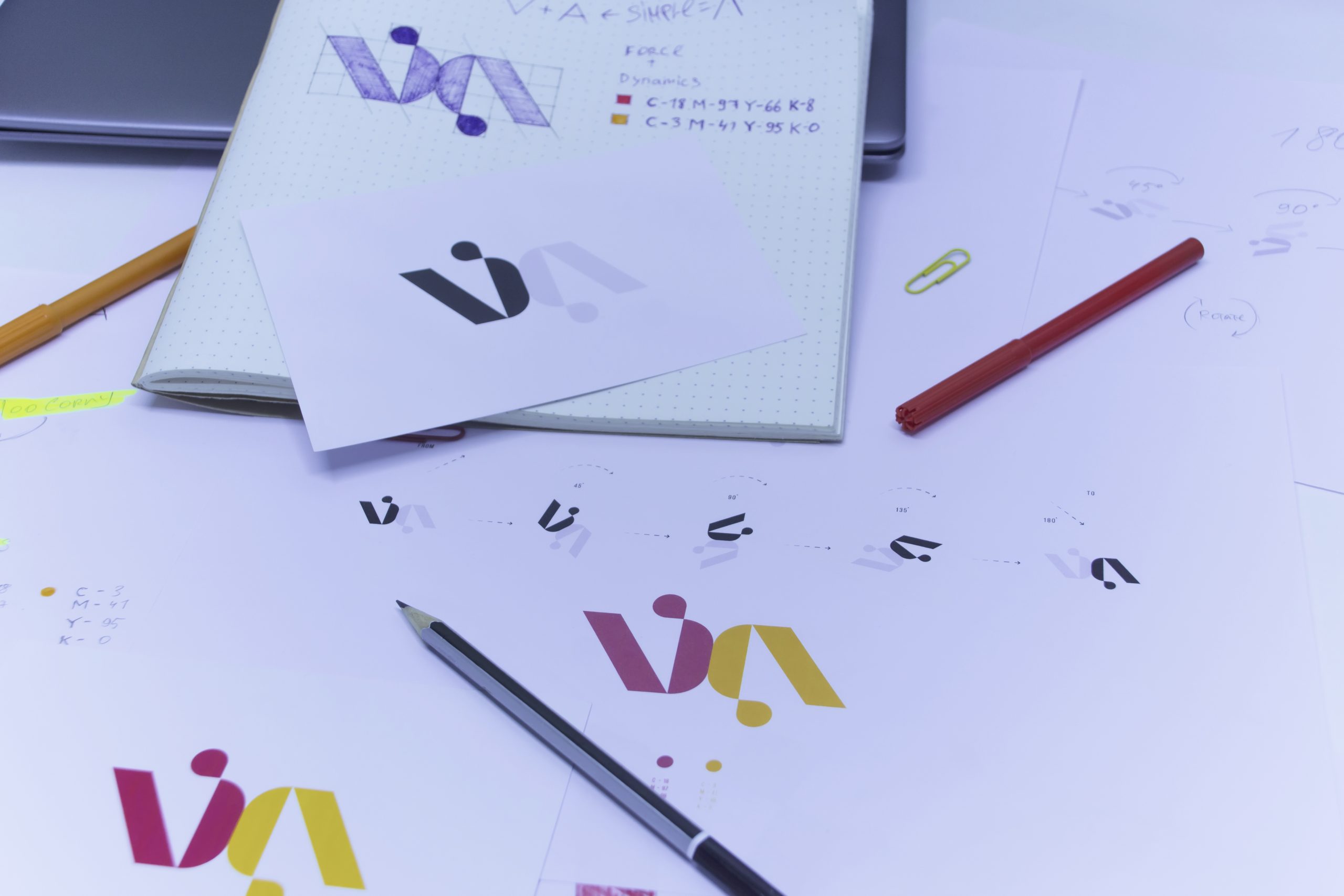Are you searching for ways to make a strong impact with your graphic design? Look no further! This article will show you how to create powerful designs that grab attention and effectively communicate your message. Through statement graphic design examples, we’ll explore various techniques and principles that will help you establish dominance, create focal points, and achieve a clear visual hierarchy. From understanding the importance of a focal point to utilizing contrast and color, we’ll provide practical tips and strategies to make your designs truly stand out. Whether you’re a professional designer or simply interested in improving your design skills, this article will equip you with the knowledge and resources to create visually striking and impactful graphic designs. Get ready to make a point and leave a lasting impression on your audience.
Understanding Statement Graphic Design
To fully understand statement graphic design, you need to delve into the principles of dominance and focal points. These principles are essential in creating impactful design that effectively communicates a bold message and tells a story visually. Dominance is all about making a statement and exerting control over other elements in a design. By giving an element more visual weight through variations in size, shape, color, and texture, you can create a dominant element that attracts the eye and gets noticed first. Focal points, on the other hand, are areas of emphasis that capture and hold the viewer’s attention. They are not as dominant as the main element, but still stand out and contribute to the overall visual hierarchy. By using contrast, color, and size differences, you can establish focal points that complement the dominant element and create a clear hierarchy of elements. Understanding these principles of dominance and focal points is crucial in creating impactful statement graphic design that effectively communicates your message and engages your audience.
Importance of Making a Point
Make your point clear and impactful in statement graphic design. When it comes to creating impactful design, the importance of making a statement cannot be overstated. Visual communication is a powerful tool that can grab attention and effectively convey your message. In a world filled with information overload, it is crucial to create designs that not only catch the eye but also leave a lasting impression. By making a statement through your design, you can captivate your audience and ensure that your message is heard loud and clear. Whether it’s through bold typography, striking imagery, or clever use of color, every element of your design should work together to deliver an effective messaging. Remember, the goal is not just to create something visually appealing, but to create a design that communicates your message in a way that resonates with your audience. So, don’t be afraid to take risks, be bold, and make a statement that leaves a lasting impact.
Elements of Effective Statement Graphic Design
Create designs that grab attention and leave a lasting impression by incorporating key elements of effective statement graphic design. To achieve this, you need to understand the impact of your design and create effective messaging through visual storytelling, powerful imagery, and concise communication. Here are three essential elements to consider:
- Understanding Impact: Your design should have a clear and compelling message that resonates with your target audience. Consider the emotions and reactions you want to evoke and tailor your design accordingly. By understanding the impact you want to make, you can create a design that captures attention and leaves a lasting impression.
- Effective Messaging: Every element in your design, from text to imagery, should work together to convey your message effectively. Use concise and compelling language to communicate your ideas and ensure that your design aligns with the intended message. Make sure that your design elements complement each other and enhance the overall storytelling experience.
- Visual Storytelling: Use powerful imagery and visual elements to tell a story and engage your audience. Visual storytelling can evoke emotions, create connections, and make your design more memorable. Consider using images, illustrations, or infographics that support your message and enhance the overall impact of your design.
Establishing Dominance and Focal Points
Establishing dominance and focal points in your graphic designs is crucial for capturing and holding the viewer’s attention. To create a visually compelling design, you need to employ effective focal point techniques and visual weight techniques. One way to establish contrast and draw attention to a specific element is by varying its size, shape, color, value, or texture. By giving an element more visual weight, you can make it stand out and become the dominant element in your design.
Hierarchy in design is also important for effective visual communication. It helps guide the viewer’s eye and prioritize information. By establishing different levels of dominance, you can create a clear visual hierarchy that matches the conceptual hierarchy of your content. The dominant element should emphasize the most important information and serve as the entry point into the design.
To establish a focal point, you can use contrast, color, and size differences. By creating a clear focal point, you can direct the viewer’s attention to the key points of your design and ensure effective communication. Avoid overcrowding your design with too many elements and strive for simplicity and clarity. By using these techniques, you can create visually impactful designs that effectively communicate your message.
Creating Visual Hierarchy
To achieve effective visual communication, prioritize information and guide the viewer’s eye by establishing a clear visual hierarchy in your graphic designs. Creating a visual hierarchy is essential for creating clear communication and emphasizing focal points. Here are three key strategies to establish contrast and visual weight in your designs:
- Varying Element Characteristics: Use size, shape, color, value, and texture to differentiate elements and establish contrast. By making certain elements larger, bolder, or more vibrant, you can create visual weight and draw attention to specific areas.
- Directional Cues: Utilize arrows, lines, or other directional elements to guide the viewer’s eye towards the focal points. These cues can create a sense of movement and help establish dominance.
- Prioritize Information: Arrange the elements in your design based on their importance. The most important information should have the highest visual weight and be placed prominently. This hierarchy will allow viewers to quickly grasp the main message and scan the information effectively.
Applying Gestalt Principles
To apply Gestalt principles of design, utilize the concepts of figure-ground relationship and visual perception. These principles can be effectively applied in graphic design by applying contrast techniques, using negative space, utilizing color psychology, creating visual tension, and incorporating visual metaphors. By understanding the figure-ground relationship, you can create a clear distinction between the main element (figure) and the background (ground) to ensure that the main message stands out. Utilizing contrast techniques such as using different colors, sizes, or shapes can create visual interest and draw attention to specific elements. Negative space, or the empty space around and between elements, can be strategically used to create a focal point and enhance the overall composition. Understanding color psychology can help you evoke specific emotions or associations in your design. Creating visual tension by placing elements in unexpected ways or using contrasting elements can add intrigue and captivate the viewer. Lastly, incorporating visual metaphors can add depth and layers of meaning to your design, allowing for a more impactful and memorable message. By applying these principles in your graphic design, you can create visually compelling and effective designs that make a strong statement.
Identifying and Creating a Focal Point
How can you effectively identify and create a focal point in your graphic design? Creating emphasis, using color, positioning elements, using whitespace, and utilizing typography are all essential techniques. Here are three strategies to help you make your focal point stand out:
- Contrast with color: Choose a color that contrasts with the rest of your design to make your focal point pop. Bold, vibrant colors will grab attention and draw the viewer’s eye towards the focal point.
- Strategic positioning: Place your focal point in a prominent position within your design. Use the rule of thirds or other composition techniques to guide the viewer’s gaze towards the focal point. Positioning elements in a way that leads the eye to the focal point will make it more noticeable.
- Whitespace for emphasis: Utilize whitespace or negative space around your focal point to create visual breathing room. This empty space will help your focal point stand out and command attention. By surrounding the focal point with whitespace, you create a sense of importance and draw the viewer’s eye directly to it.
Using Contrast to Highlight the Point
Creating contrast is an effective way to highlight the point you want to make in your graphic design. By using contrasting elements, you can create a visual impact that grabs attention and emphasizes your design. One of the key techniques for achieving this is through focal point placement.
To illustrate the importance of contrast in graphic design, let’s take a look at the following table:
| Design Element | Contrast Technique | Resulting Visual Impact |
|---|---|---|
| Color | Bright vs. Neutral | Eye-catching and vibrant |
| Size | Large vs. Small | Emphasized importance |
| Typography | Bold vs. Regular | Clear and attention-grabbing |
| Texture | Smooth vs. Rough | Tactile and engaging |
| Shape | Geometric vs. Organic | Striking and memorable |
As you can see, incorporating contrasting elements in your design can create a focal point that stands out and captures the viewer’s attention. This attention-grabbing technique helps to emphasize the main message or point you want to convey.
By strategically placing your focal point in a design, you can guide the viewer’s gaze and ensure that your intended message is effectively communicated. Whether it’s through color, size, typography, texture, or shape, the contrast created by these elements will draw the eye, making your point clear and memorable.
Avoiding Focal Point Mistakes
When avoiding focal point mistakes, it is important to consider the impact of design choices on the clarity and effectiveness of your graphic design. To ensure that your focal point is clear and impactful, follow these guidelines:
- Avoid color overload: Choosing the right color palette is crucial in establishing a focal point. Too many colors can overwhelm the viewer and distract from the main message. Stick to a cohesive color scheme that enhances the visual hierarchy.
- Maintain consistency: Consistency in the placement of elements helps guide the viewer’s attention towards the focal point. Avoid haphazardly scattering elements throughout the design, as it can disrupt the flow and confuse the viewer. Organize your elements effectively to maintain a clear visual hierarchy.
- Clear communication: The purpose of graphic design is to communicate a message. To avoid focal point mistakes, make sure your design effectively communicates the intended point. Use typography, imagery, and layout to guide the viewer’s eye towards the focal point and ensure that it stands out prominently.
Building an Impressive Graphic Design Portfolio
To build an impressive graphic design portfolio, start by selecting a website platform that suits your skills and resources. Choose a platform that allows for easy customization and has advanced design features. Consider using low-code or no-code platforms for simplicity, or hire a professional designer for quick setup. Once you have chosen a platform, pick a template or layout that speaks to your personal and professional style. Look for customizable templates that include necessary pages and design elements. Delete any elements you don’t like before publishing. When organizing your portfolio, showcase your best graphic design works. Hand-pick a selection that represents your style and highlights your skills. Include a variety of project types to demonstrate versatility. Use white space effectively to create impact and draw attention to your designs. Ensure that your portfolio is relevant and up-to-date, and upload high-quality images to a gallery. By following these steps and utilizing the right platform, templates, and organization techniques, you can build an impressive graphic design portfolio that showcases your talent and attracts potential clients.



